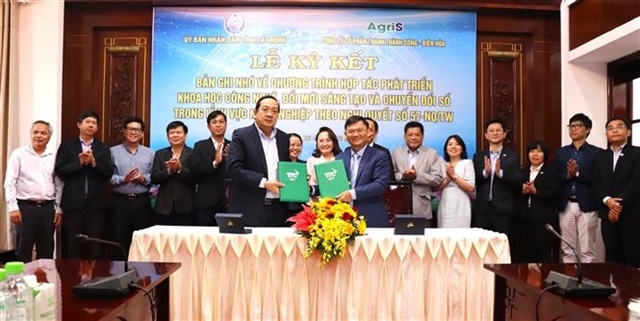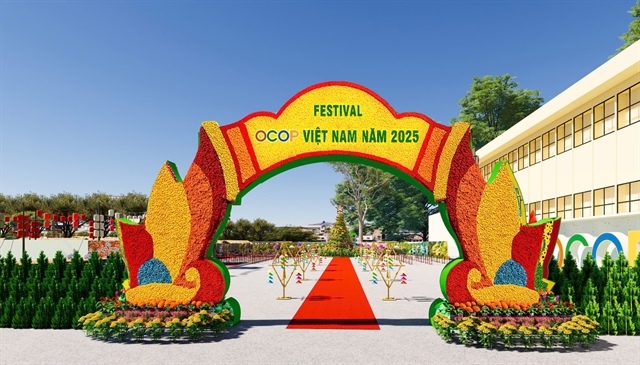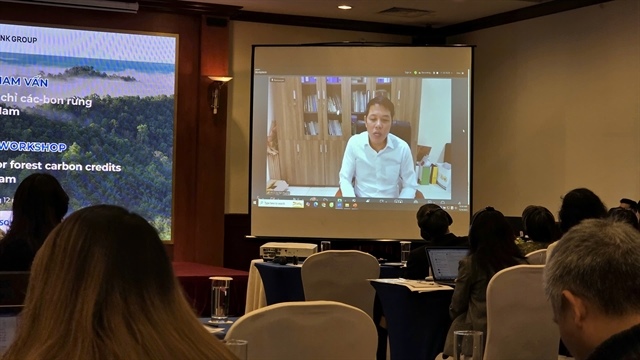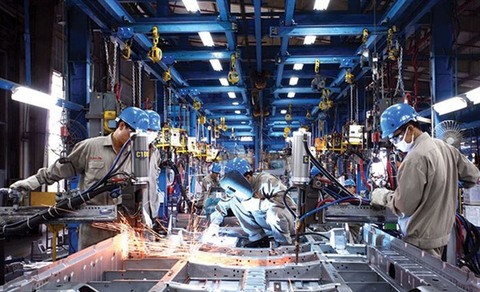Kyoei Steel cancels expansion project in northern Vietnam
Kyoei Steel cancels expansion project in northern Vietnam
Kyoei Steel from Japan recently announced that it had cancelled the expansion of its steel plant in the northern province of Ninh Binh in order to focus on investing in Vietnam Italy Steel JSC (VIS).
In September 2011 Kyoei Steel established Kyoei Steel Vietnam Co., Ltd. (KSVC) in Ninh Binh. KSVC started to operate in March 2012 with the designed production capacity of 500,000 tonnes per year. At present, Kyoei is holding 60 per cent in KSVC, Metal One Corporation has 20 per cent, and Marubeni-Itochu Steel Inc. 40 per cent.
The cancellation at KSVC is meant to add a 500,000 metric tonnes per year rebar and wire rod rolling mill and a 500,000 metric tonnes per year steel production plant.
“The details of the investment in VIS have not been worked out yet, but VIS' steelmaking capacity may be expanded to 500,000 metric tonnes per year,” a Kyoei official said.
"We will be able to expand our business through VIS as we will be able to start supplying rebar for Japan's ODA projects through it. Thus, cancelling the expansion project at KSVC is not negative, but rather a move to boost our business," she added.
According to platts.com, the decision follows the purchase of 33.2 million shares or a 45 per cent stake in VIS to increase its holding to 65 per cent.
The deal is expected to take place on the stock exchange from May 10 to June 6. VIS’ share is valued at VND34,400 ($1.51), thus Kyoei may spend at least VND1.14 trillion ($50.06 million) on the deal.
The focus on investing in VIS raises concerns that Kyoei will sooner or later withdraw from the long-delayed high-quality rolling steel mill at Khanh Phu Industrial Zone (Ninh Binh province).
The mill was expected to come into operation in 2016 with the capacity of over 800,000 tonnes. However, until 2016, the project moved at a snail’s pace, thus the Ministry of Industry and Trade (MoIT) warned cutting it from its new steel master plan to 2020 with vision to 2030.
At the time, the Japanese steelmaker confirmed its determination to revive the delayed steel mill, while simultaneously affirming that it would pour $200 million into the project.
Construction was expected to start by the end of 2017, with the rolling mill slated to come online in 2019 and the steelmaking facility in 2020. However, to date, the mill remains in limbo.



















